Description
Introduction
The calculation tool provides the template to calculate the distributed uplift/downward resistance for a buried pipeline. Pipe when buried (partially or wholly) incurs soil resistance which depends on soil type and property. For a horizontal pipe, the resistance force is assumed to be distributed over the length of the pipeline. For modeling this force for analysis, the ideal method is to apply a series of “SPRINGS” along the length of the pipe. The springs are applied in 3 directions (There can be rotational resistance on the pipe as well). This tool ONLY covers the vertical component. The soil stiffness is usually non-linear and therefore a Force-Displacement relationship is required for the analysis. This sheet generates Force-Displacement Curves for various soil conditions.
Usage Typical analysis which can use this tool: –
- Pipe / Cable Uplifting Analysis –
- Pipe Upheaval buckling analysis –
- Jacket / Equipment Horizontal member penetration study –
- Pipelay touchdown –
- Trencher selection etc.
Methodology
The formulations used in this tool are based on the DNV Guideline “DNV-RP-F110 : Global Buckling of Submarine Pipelines”. Note that this method is widely accepted across the industry. The tool takes either specific information about soil (from CPT tests etc.) or, if not available, empirical calculations from DNV to estimate. The tool distinguishes the calculations based on: – Uplifting / Downward mode – With or without external application of force – Various soil conditions: Cohesionless (Sand, gravel) or Cohesive (Clay, Silt) – If cohesive, a history (method/ time) when the pipe was buried – Depths and dimensions – Transition for trench material (typically loose) to intact material ( typically firm) The tool calculates internally and generates following outputs: – Design force at the moment of full mobilization (for static analyses) – Highlighted in 1st Column – Spring force w.r.t. displacement. Note: for downward mode, the force is given as negative for distinction from Upward mode. The tool sheet can be printed as PDF with the formulations, associated formulations Or, the force-displacements can be exported in EXCEL (new file generated). The raw output can be simply used In any analysis software like OrcaFlex, SACS, ANSYS, etc.
Limitations
This tool is not verified for: – Multi-strata soil conditions – Seismic situations – Bent pipelines – Non-homogenous soil conditions

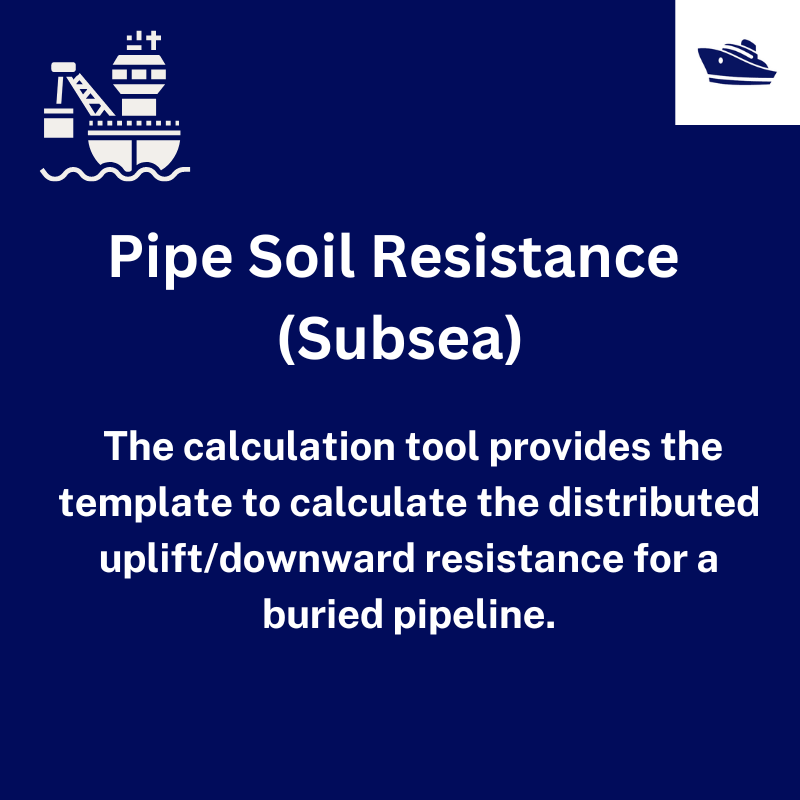
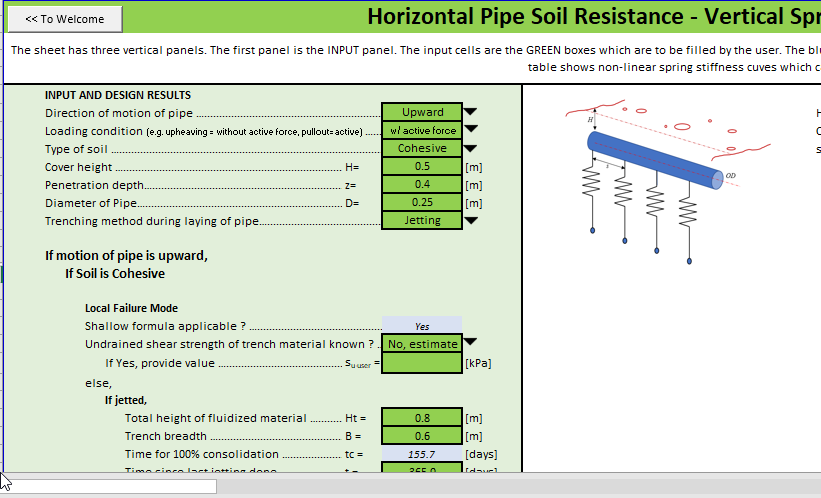
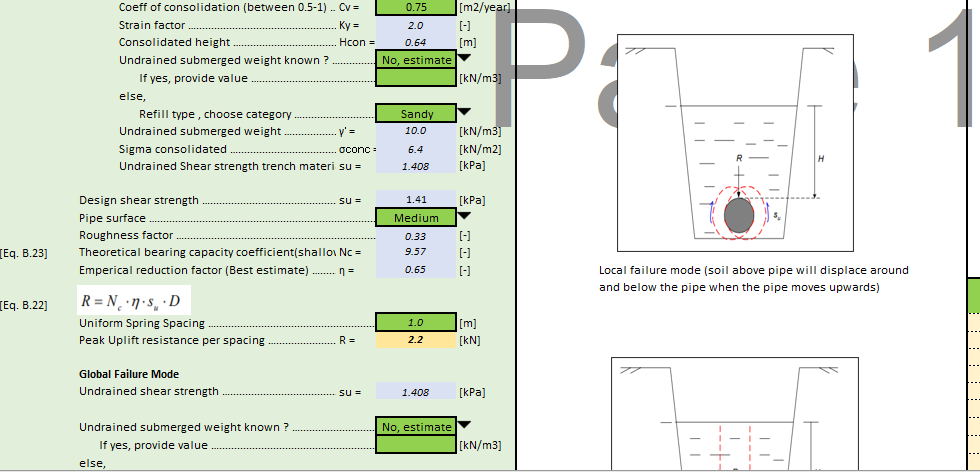
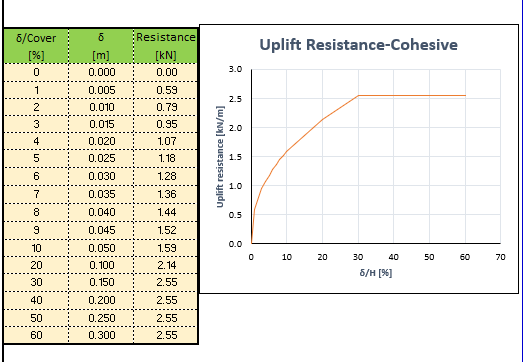

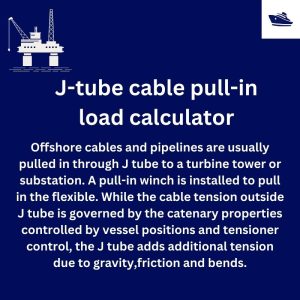

Reviews
There are no reviews yet